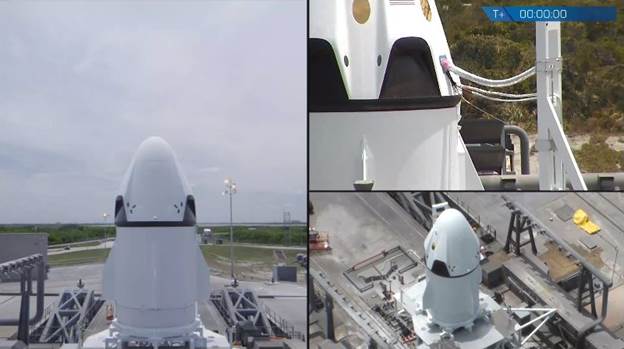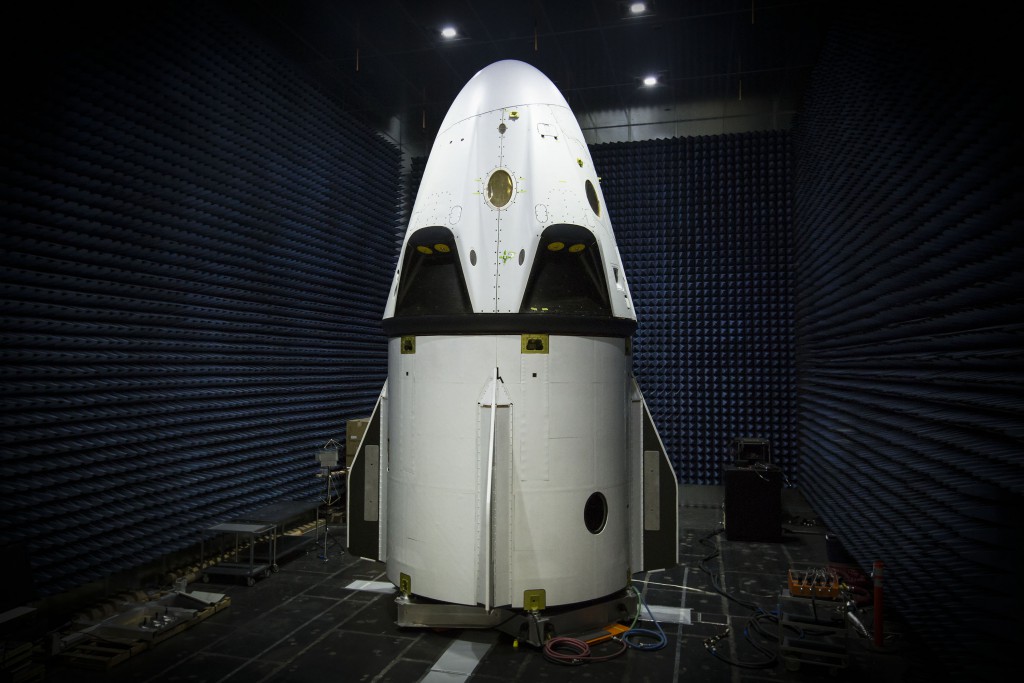SpaceX reported this evening that it has moved the start of its Pad Abort Test window two hours to 9 a.m. EDT on Wednesday, May 6, from Space Launch Complex 40 on Cape Canaveral Air Force Station in Florida.
The test will see a Crew Dragon and trunk – together about 20 feet tall – fly on the power of eight SuperDraco engines. There will be no crew members aboard the spacecraft during the test, which will simulate an emergency escape from the launch pad in the unlikely case of booster failing at liftoff or other scenario that would threaten astronauts inside the spacecraft.
NASA will provide updates about the test on the Commercial Crew Blog and air the test live on NASA Television. To join the online conversation about the SpaceX Pad Abort Test, follow the hashtag #LaunchAmerica.

